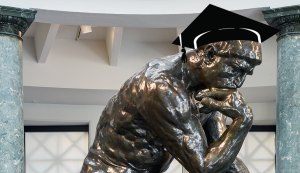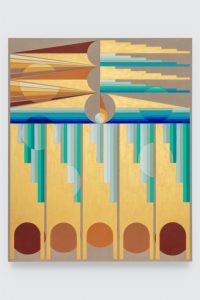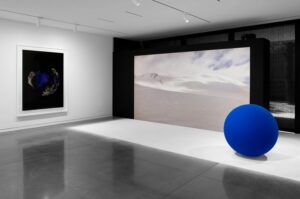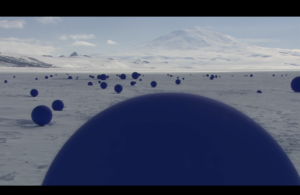Why US universities are investing in their art museums
…asingly global world. This year, around half a dozen new museums and arts centres are opening on campuses across the country, from Columbia University in New York to Rice University in Texas. They come on the heels of recently completed projects at Stanford in California, Harvard in Massachusetts and Yale in Connecticut. This multi-million-dollar investment in culture is fuelled by several factors: administrators’ recognition that the arts can pr…









